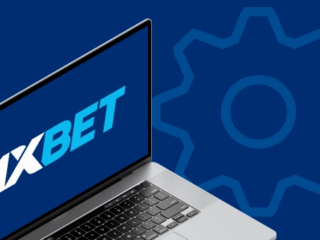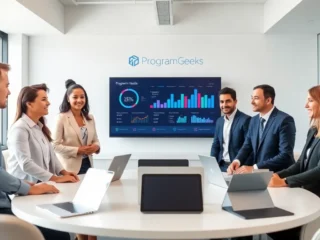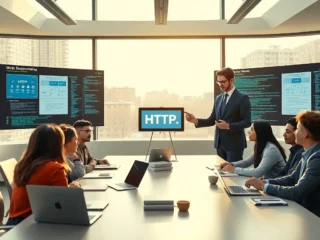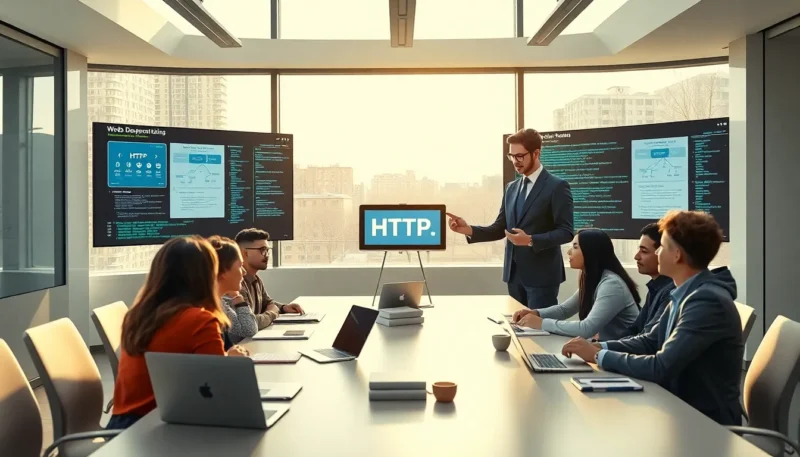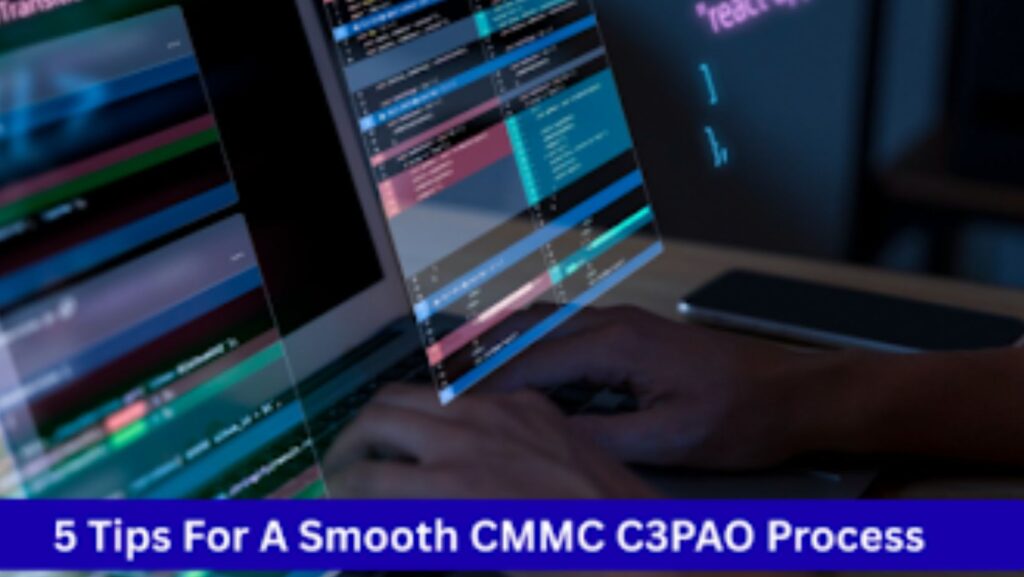
The Cybersecurity Maturity Model Certification (CMMC) is no longer a checkbox, but an absolute necessity for maintaining any form of work with the U.S. Department of Defense (DoD).
The core of the process is the Certified Third-Party Assessor Organization (C3PAO). It is an audit that is supposed to assess the existence of the alignment of your systems, practices, and culture with CMMC standards.
However, the concept of a formal audit can be daunting to many organizations. After all, even a single oversight can translate into delays, increased expenses or even overlooked opportunities.
But the good news is that the path to a smooth C3PAO process is not perfection but preparation. A well-laid-out strategy, great documentation, and the right attitude will help your team look forward to the assessment instead of fearing it.
To assist you in getting there, we have provided five realistic guidelines to help you with a smooth and effective certification process.
Start with a Readiness Assessment
The best way to prepare for a CMMC C3PAO assessment is by taking a readiness review by a trusted senior before the inspection. That is because a readiness assessment enables an organization to:
- Compare the existing cybersecurity practices to those required by CMMC.
- Determine potential gaps or non-compliant practices early.
- Plan remediation well before the C3PAO audit.
This pre-check is a safeguard against any surprises that may hinder the certification process. At this stage, many companies opt to hire an experienced Registered Provider Organization (RPO) or consultant to help them through this process.
It helps the staff understand the perspective through which the officer will examine your organization. Overall, think of this phase as a practice: the more you have prepared, the easier it will be when the CMMC C3PAO team visits.
Document Everything Completely
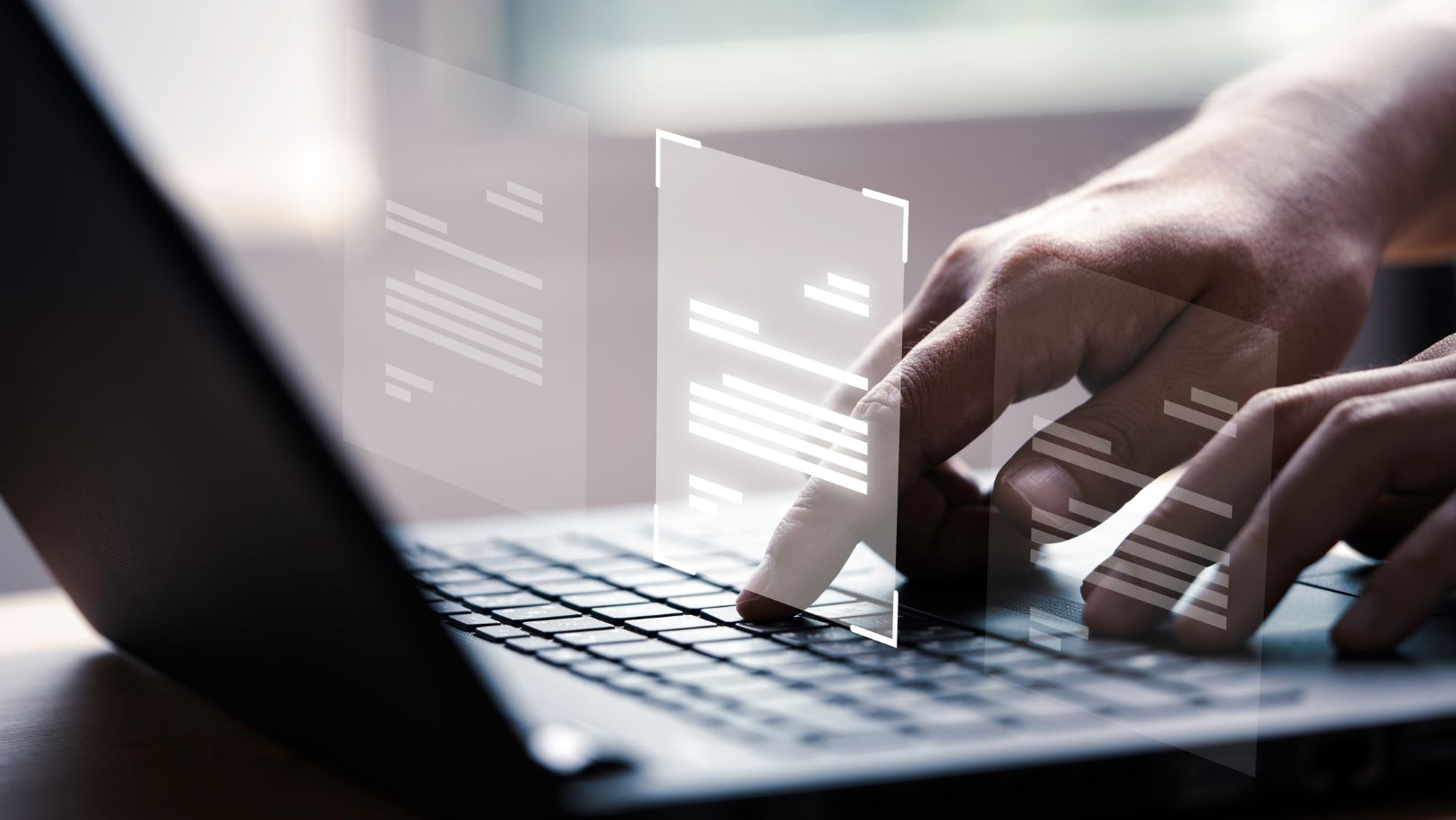
One of the most considerable challenges during C3PAO evaluation is not only to show that security measures are implemented, but it is also necessary to prove it using evidence. After all, compliance relies on documentation.
Speaking of which, auditors expect to see policies, procedures, system security plans (SSPs), and records indicating that the organization is adhering to them.
Strong documentation should contain:
- Documented access control, incident response, and risk management policies.
- Standard operating procedure (SOP) in managing Controlled Unclassified Information (CUI).
- Logs, reports, and tickets that demonstrate the regular implementation of these policies.
In short, telling an assessor that your systems are secure is not quite enough; you have to demonstrate it to them, step by step, showing them real-world records. By creating and keeping documentation in advance, you will facilitate an audit process.
Wondering what the result would be?
The process will become quicker, clearer, and less disruptive to your operations.
Train and Engage Your Team
Compliance in cybersecurity is never done by an individual. IT administrators, as well as end-users, have their part to play when it comes to safeguarding confidential data. CMMC acknowledges that aspect, which is why the training and organizational culture are crucial elements of compliance.
To prepare a streamlined C3PAO evaluation, concentrate on:
- Training of employees on CMMC practices, phishing, and secure handling of CUI on a regular basis.
- Open communication regarding the individual role of each employee in compliance. Promoting an environment in which the reporting of potential issues is not considered a punitive action but a proactive step.
It is important because when the assessor arrives, they may pose questions to the employees to affirm that practices are upheld in a consistent manner. A knowledgeable workforce will feel confident to answer their questions and demonstrate that cybersecurity is an everyday practice, not a one-time exercise.
Bridge Gaps with Practical and Reliable Solutions
Finding gaps is to be expected during your preparation for CMMC certification, which may be a lack of multi-factor authentication (MFA), poor logging practices, or an incomplete incident response plan. The solution to this is to discuss such issues in a manner that is compliant and also long-lasting.
Remember, the quick fixes always cause complications. That is because the C3PAOs are able to detect the hastily implemented infrastructures that do not seem to fit the environment of an organization.
Therefore, find the right approach instead, such as implementing MFA, making logging actionable, or creating an incident response plan that your team can sustain. It will make your audit readiness and long-term cybersecurity resilience much stronger.
Keep Open Communication with Your C3PAO
Effective communication with your C3PAO is another important factor in a successful CMMC assessment. Engage early to clarify the interpretations of control, scoping boundaries, and evidence submissions.
For example, if recent changes occurred—such as MFA deployment, updated SSP revisions, or enclave adjustments—disclose them instead of hiding gaps. Also, treat observations as challenges to improve controls on the system rather than critical reviews.
Open communication even decreases misaligned expectations, speeds POA&M resolution, and evaluates evidence in its correct context. This effort supports audit-readiness and reaffirms organizational commitment to the protection of CUI.
Conclusion
Preparing for a CMMC C3PAO assessment may seem overwhelming at first, but with the right approach, it becomes a manageable—and even valuable—experience.
By conducting a readiness assessment, maintaining thorough documentation, engaging your team, realistically addressing gaps, and fostering open communication with your C3PAO, you set your organization up for success.
Ultimately, the C3PAO process isn’t just about achieving certification; it’s about strengthening your organization’s ability to handle sensitive information securely and reliably.
Thus, with preparation and teamwork, your path to compliance can be smooth, structured, and a stepping stone toward long-term trust with the Department of Defense.


